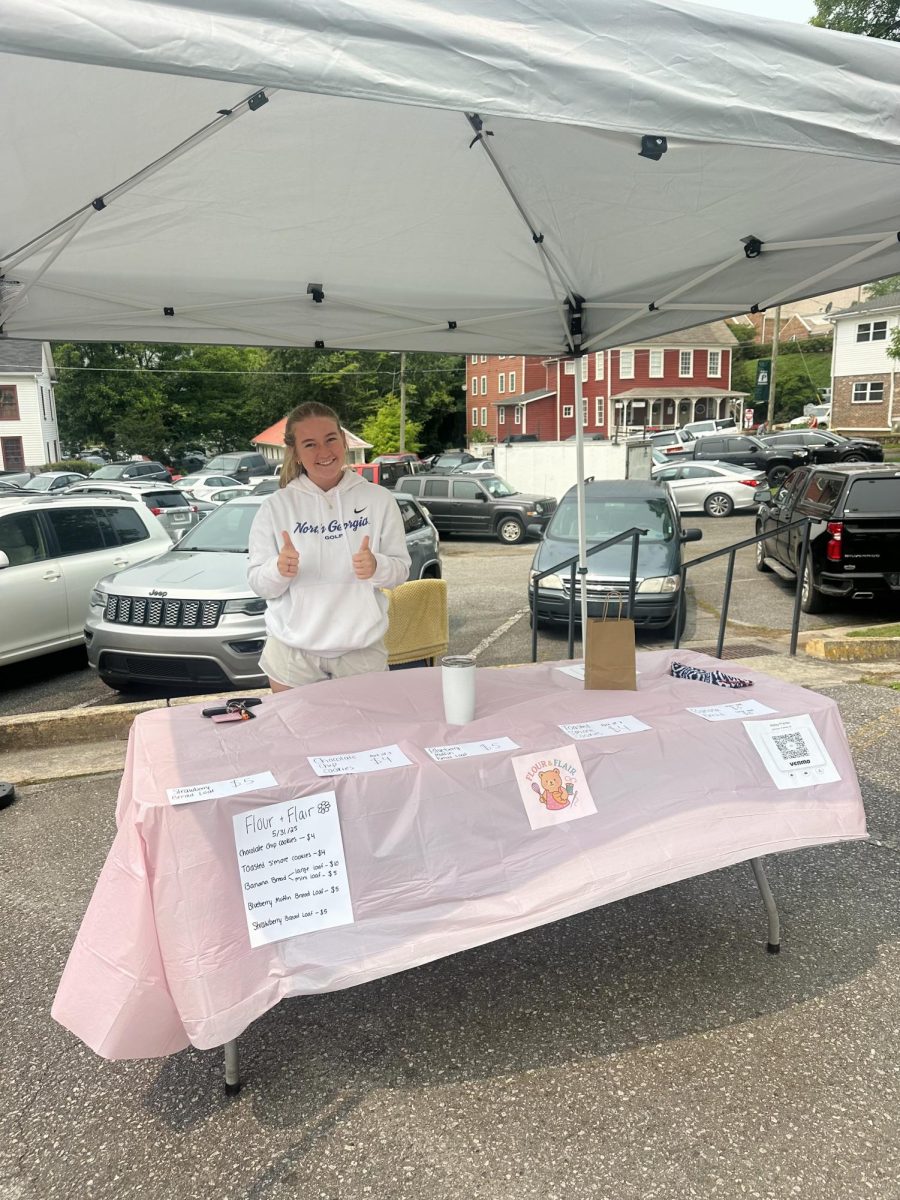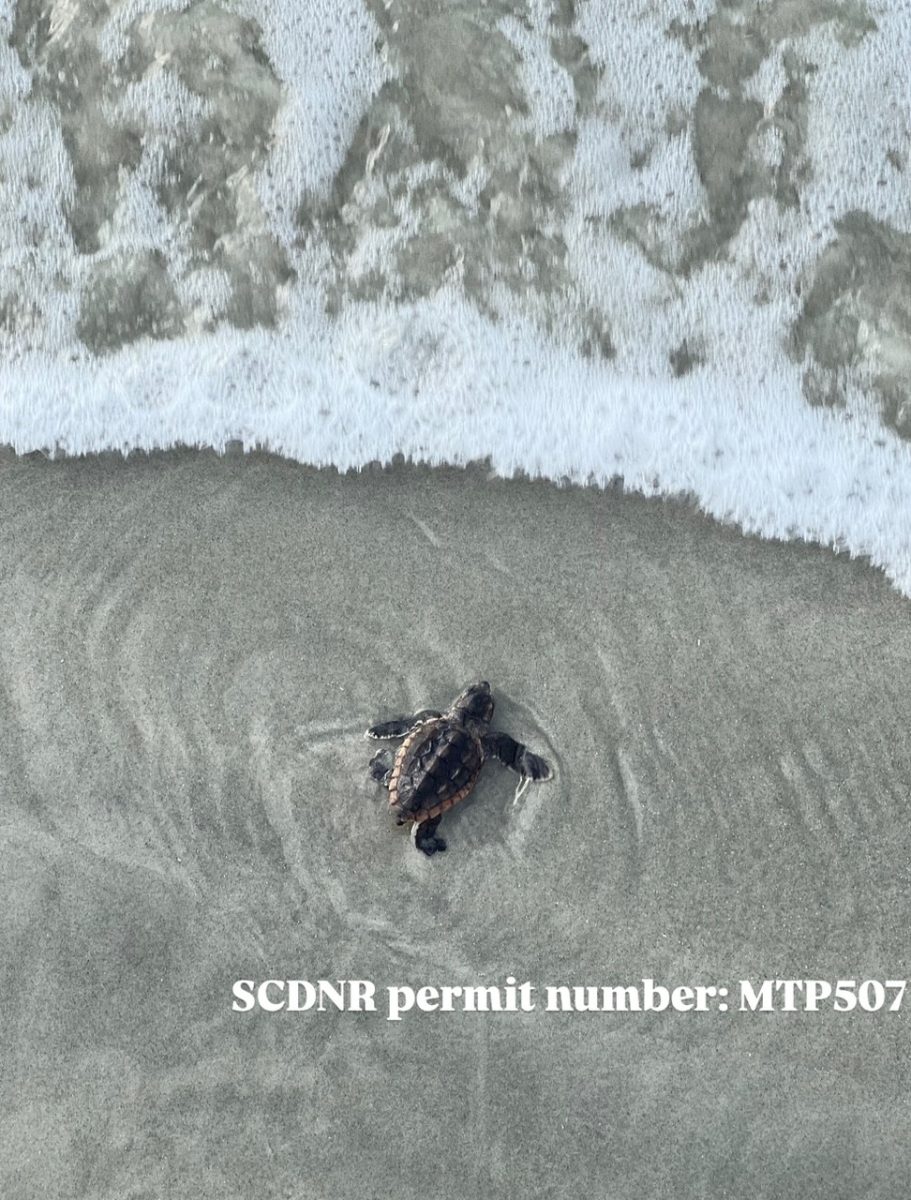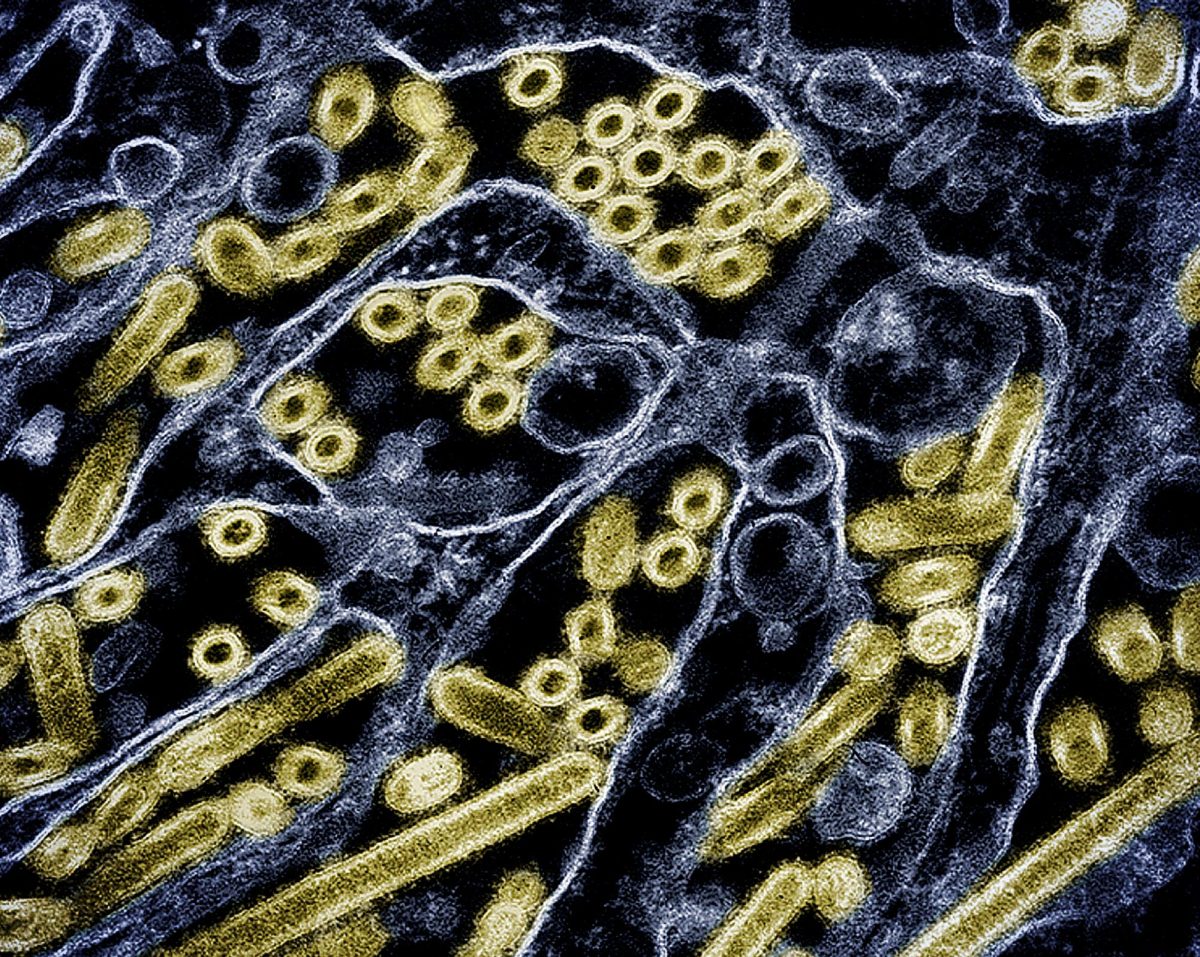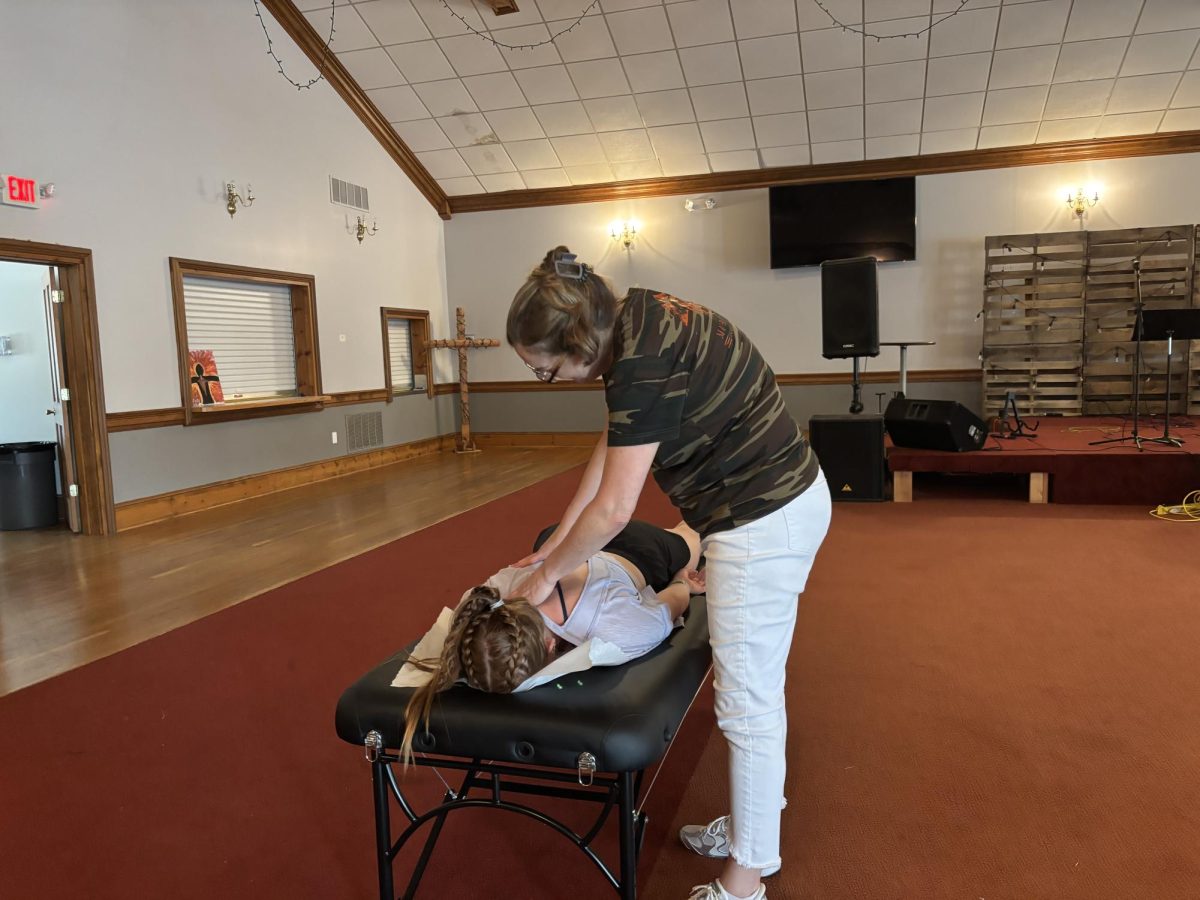The growing epidemic of avian influenza has now made its way to one of the top poultry producers in the nation. In mid-January, three cases of bird flu were discovered between flocks in Elbert and Clayton counties. As a result, a halt in all poultry-related activities was called by the Georgia Department of Agriculture amidst the fierce spread of the H5N1 strain.
Top Georgia agriculture official Tyler Harper noted the priority that has been taken by the state to limit this virus as much as possible over the coming months.
“We are working around the clock to mitigate any further spread of the disease and ensure that normal poultry activities in Georgia can resume as quickly as possible.” – Tyler Harper, Georgia Agriculture Commissioner
As a consequence of the pandemic, grocery prices for poultry items have risen in response to shortages across the country. According to the U.S. Bureau of Labor Statistics, the average cost of a pack of a dozen eggs jumped to $4.15 in December from $3.65 in November as more cases of the infection became known to distributors.
While only one human death has occurred in the United States since the beginning of this outbreak in 2022, the World Health Organization said that, “Infections in humans can cause severe disease with a high mortality rate. The human cases detected thus far are mostly linked to close contact with infected birds and other animals in contaminated environments.” This lone death took place in Louisiana on Jan. 6 of this year, when a 65-year-old man was hospitalized with severe symptoms.
The Georgia Department of Agriculture is taking extreme measures to ensure the health of the state. Department Spokesperson Elizabeth Brown commented on how a case of H5N1 is identified.
“We observe certain clinical symptoms in flocks that are similar to ones in other states where multiple cases have been discovered. This can mean anything from lethargy to a decrease in appetite that leads to a test and confirmation of a case of avian influenza. – Elizabeth Brown, Georgia Department of Agriculture Communications
Poultry workers are continually advised to wear protective clothing, including gowns and face shields, even if the virus has not been detected in their flock. In a 2024 report, there were 67 confirmed cases of HPAI in America, a majority of whom worked in commercial poultry. While the disease itself can be easily spread, the Centers for Disease Control and Prevention consider H5N1 to be a low risk to the general public.




























